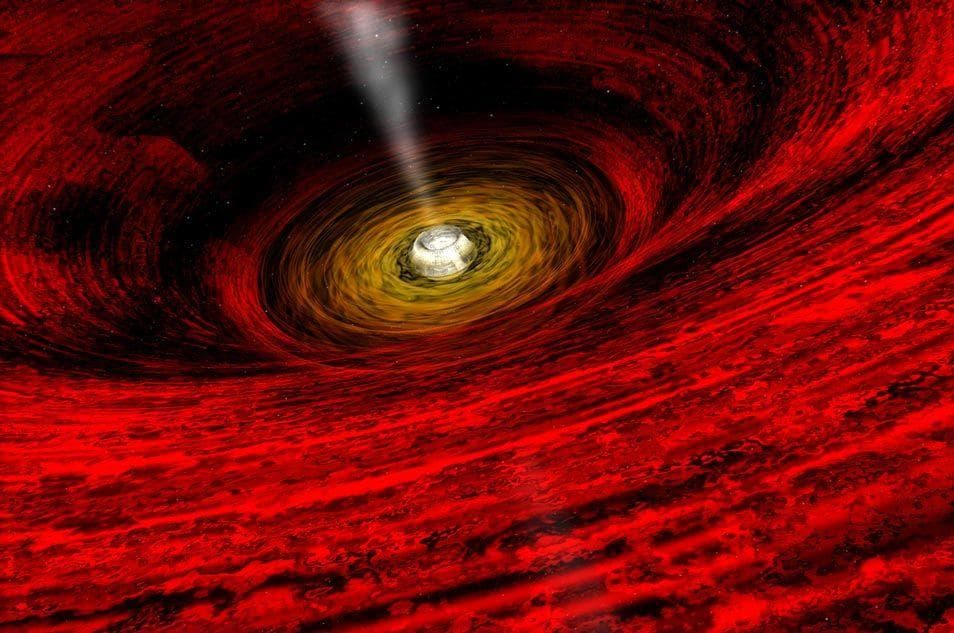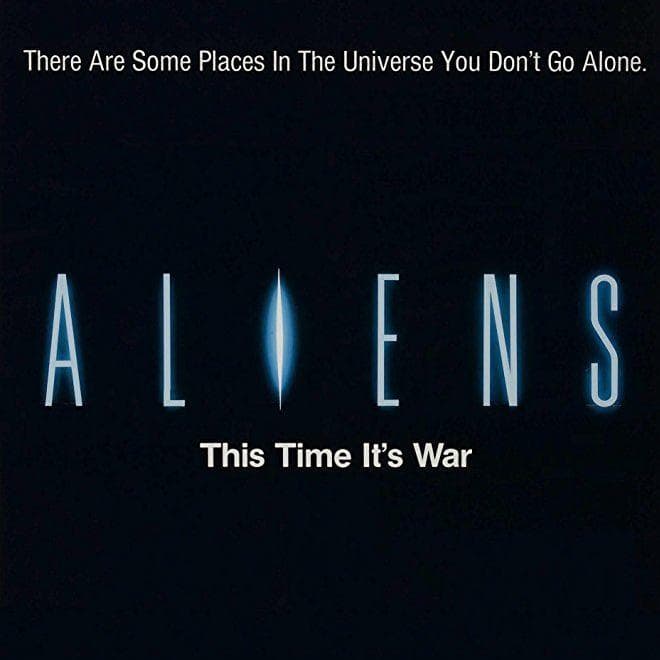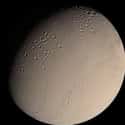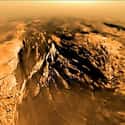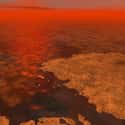-
(#15) Its Neighbors Are Fascinating Too
Saturn has 62 known moons, though most are small. Still, moons like Enceladus, with its subterranean ocean and spewing geysers, are fascinating places that, like Titan, are also being studied as potentially life-harboring worlds.
-
(#3) It Doesn't Have A Magnetic Field
A distinct difference between Titan and Earth is that Titan doesn’t have a significant magnetic field, if any at all. Instead, the moon exists at the edge of Saturn’s massive magnetosphere, where it's sometimes protected from, and sometimes exposed to, the sun's solar winds.
-
(#2) It Has A Dense Atmosphere
Titan is the only moon in the solar system with a robust atmosphere. Primarily comprised of nitrogen (approximately 95%, compared to Earth’s 78%) and methane (approximately 5%, compared to less than .01% on Earth) with trace amounts of other compounds mixed in, Titan has an even denser atmosphere than Earth. The moon’s atmosphere also extends 10 times higher into space than Earth’s at 370 miles, due to the moon’s lower gravity,
Titan’s hazy, orange aura is thought to be caused by ultraviolet light from the sun splitting nitrogen and methane molecules high up in the atmosphere. A competing theory suggests that rather than a photochemical reaction, Saturn’s strong magnetic field may actually cause the divisions. Regardless of its catalyst, the splitting phenomena creates organic molecules, such as carbon, hydrogen, and oxygen, which are some of the foundational elements necessary for life.
-
(#6) Its Surface Is Constantly Reshaped By Ice Volcanoes
Titan’s surface is composed of 50% rocky material and 50% water-ice. Though its average surface height seldom varies more than 150 meters, some taller mountains have been detected. Granular dunes of frozen hydrocarbon cover different areas of the moon, while methane-spewing cryovolcanoes and fluctuating bodes of liquid are thought to constantly reshape the surface.
Liquid water and ammonia, also believed to be emitted from subsurface activities, form “lava flows” along the surface, solidifying into various frozen features and contributing to the moon’s evolving landscape.
-
(#5) It Has Lakes And Seas
Besides Earth, Titan is the only known body in the solar system with stable bodies of liquid on its surface. Titan’s landscape is littered with various lakes and seas, mainly composed of methane and ethane.
Those compounds can exist in liquid form there due to the extreme cold.
-
(#9) It Could Theoretically Support Life
Life on Earth is thought to have begun in the oceans, and similar hypotheses surround Titan’s subterraneous and surface liquids. Scientists are also looking at the unusual ways in which life could emerge under Titan’s unique molecular and environmental conditions.
Computer modeling of methane-based life has suggested that such a phenomena is possible, though no physical tests have been attempted to date.
New Random Displays Display All By Ranking
About This Tool
Titan is the largest moon orbiting Saturn and the second-largest moon in the solar system. The Dutch physicist and astronomer discovered it in 1655. Titan is currently the only known satellite in the solar system that has a liquid ocean. According to data returned by space probes, Titan’s atmosphere is dominated by nitrogen. Apart from the earth, no second satellite has been found with this characteristic.
Human beings have reasons to believe that Titan is the second celestial body besides the earth that is most suitable for human existence. Titan, like the earth, can rotate to produce seasonal changes, but its seasons last about 7 years. The random tool introduced more facts about Saturn's Moon Titan.
Our data comes from Ranker, If you want to participate in the ranking of items displayed on this page, please click here.


